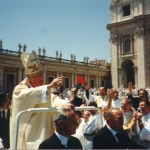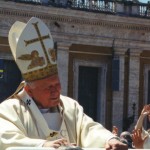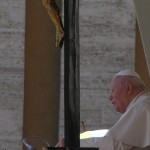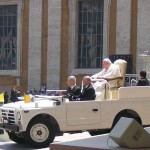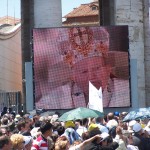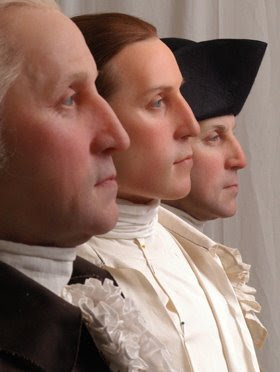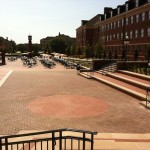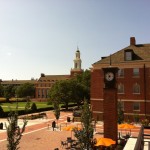My sister Stacey has had a interest in our family’s genealogy for some time. She was fortunate to have spent some time with my grandfather looking over the materials that he and my grandmother had pulled together over the years.
She recently obtained some information that links us to John Barlow of Kent, Connecticut, a private soldier who served in the Connecticut Militia during the American Revolution.
We don’t know too much about John, other than this regarding his service:
JOHN BARLOW, of Kent, Connecticut, enlisted on May 7, 1777, as a Private in Captain Albert Chapman’s Company of Colonel Heman Swift’s 7th Regiment of Connecticut Militia.
He was subsequently in Captain Comstock Albert Chapman’s Company of Colonel Heman Swift’s 7th Regiment of Connecticut Militia. He was subsequently in Captain Comstock’s Company of Colonel Swift’s 2nd Connecticut Regiment, Captain Cogswell’s Company of Colonel Moseley’s Connecticut Regiment, Captain Chamberlain’s Company of Colonel Swift’s 2nd Regiment, Captain Manning’s Company of the 3rd Connecticut Regiment, and in Colonel Hinman’s 4th Connecticut Regiment.
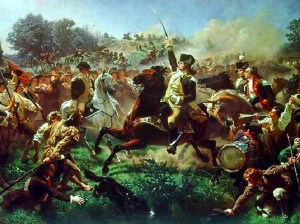
Washington rallying the troops at the Battle of Monmouth
He was in the Battles of Germantown and Monmouth, served in one campaign in 1775 and all of 1776.
He applied for a pension, application no. S37732, on April 22, 1818, in Litchfield County, Connecticut.
John Barlow was born on March 5, 1748, at Kent and was the son of Joseph and Phebe Barlow. He married first Anna Caswell on May 27, 1770, second Temperance Branch on January 25, 1773, and third Lucy Hatch. He had eleven children. He died on September 19, 1833, at Kent and was buried there in the Kent Hollow Cemetery.
Yes, he had three wives over the years, which probably wasn’t all that uncommon in those days.
With no depiction of John Barlow available from internet searches, I was able to find a picture of the cemetery in which he is buried and his headstone.
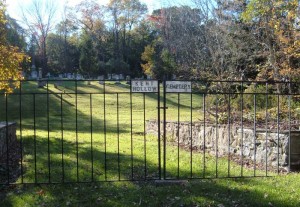
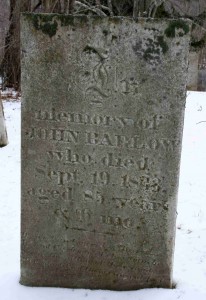
Perhaps someday I’ll be able to visit there and see it for myself.
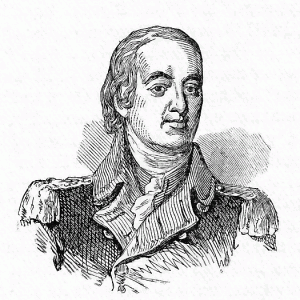 According to my grandfather, we’re also related to William Alexander, who styled himself Lord Stirling, before joining the cause of the American Revolution. He served as a brigadier general directly under General George Washington’s command.
According to my grandfather, we’re also related to William Alexander, who styled himself Lord Stirling, before joining the cause of the American Revolution. He served as a brigadier general directly under General George Washington’s command.
Much more is known about General Alexander, which you can read about in this Wikipedia article.
He is thought to have been present at the Battles of Long Island, Trenton, Brandywine, Germantown and Monmouth.
Thus both of these American patriots in my family would have served together. One the lowly private and the other the privileged officer and gentleman. I wonder if they knew each other.
